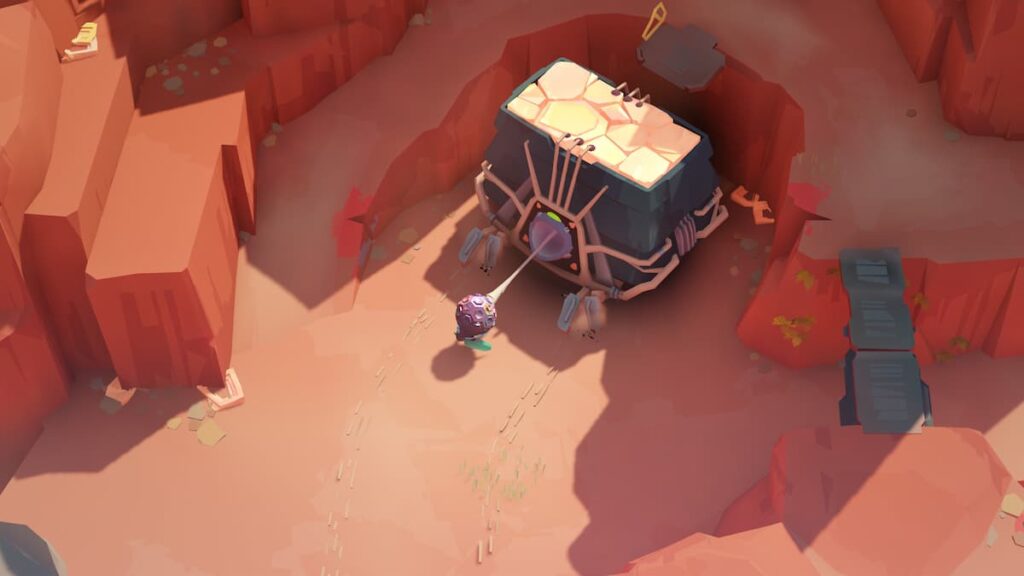
In the world of Cocoon, you’re not getting your hand held. There are no tutorials or exposition dumps to break the spell of its alien landscapes and intricate puzzles. This is all on purpose, as the developer explains in an interview with Xbox Era. Jeppe Carlsen and Erwin Kho, the developers, explain it as a deliberate pursuit of conveying information without explicitly saying it.
According to the interview, every element is meticulously crafted to nudge players toward understanding. Animations like the character’s hesitant steps near a jump point or the subtle glow emanating from a key object act as visual cues instead of the typical text telling the player what to do.
“Lots of innovation is one of them, but it is also sort of the game design angle I’m coming from, but a game like this is to try and sort of teach things without saying anything. But I’m instructing you very well; you just don’t know, of course!”
Jeppe Carlsen
The music in Cocoon isn’t just background noise; it’s like a helpful friend guiding you through the game. The tunes change as you get closer to solving a puzzle, and a special little melody plays when you’re on the right track, like a pat on the back from the game itself. It’s an interesting way to teach players and something that other puzzle games should emulate.
But Cocoon is more than just pretty music. The levels are designed like a giant clue, leading you step-by-step through the game’s rules without needing to tell you directly. The developer said that finding a bouncy platform here and a glowing portal there would later cause the player to realize they work together like pieces of a puzzle.
Of course, there’s always a chance you might get stuck and feel lost. Most games want to stop that at all costs, but that’s part of the challenge in Cocoon. When you finally figure it out, it feels even better. According to the developers, it’s like the game speaks to you in a secret language, and you’re the only one who can understand it.